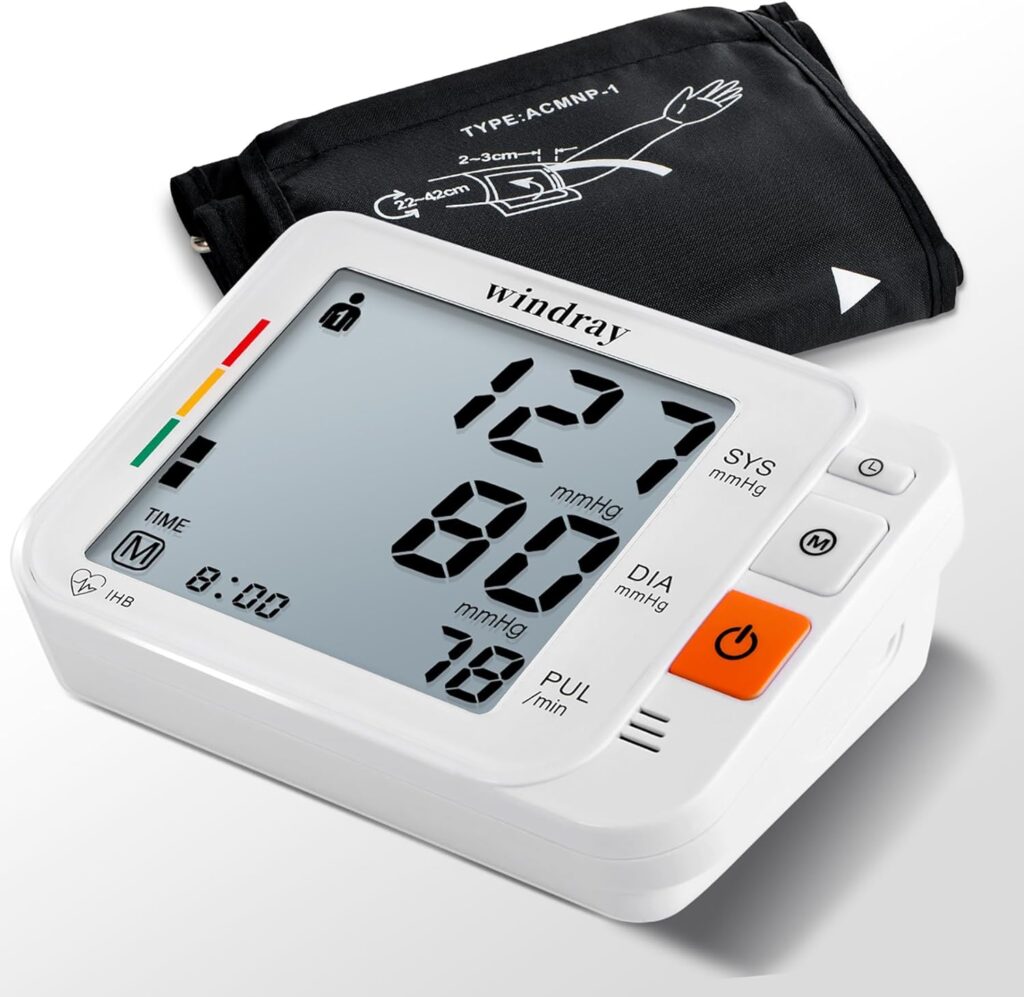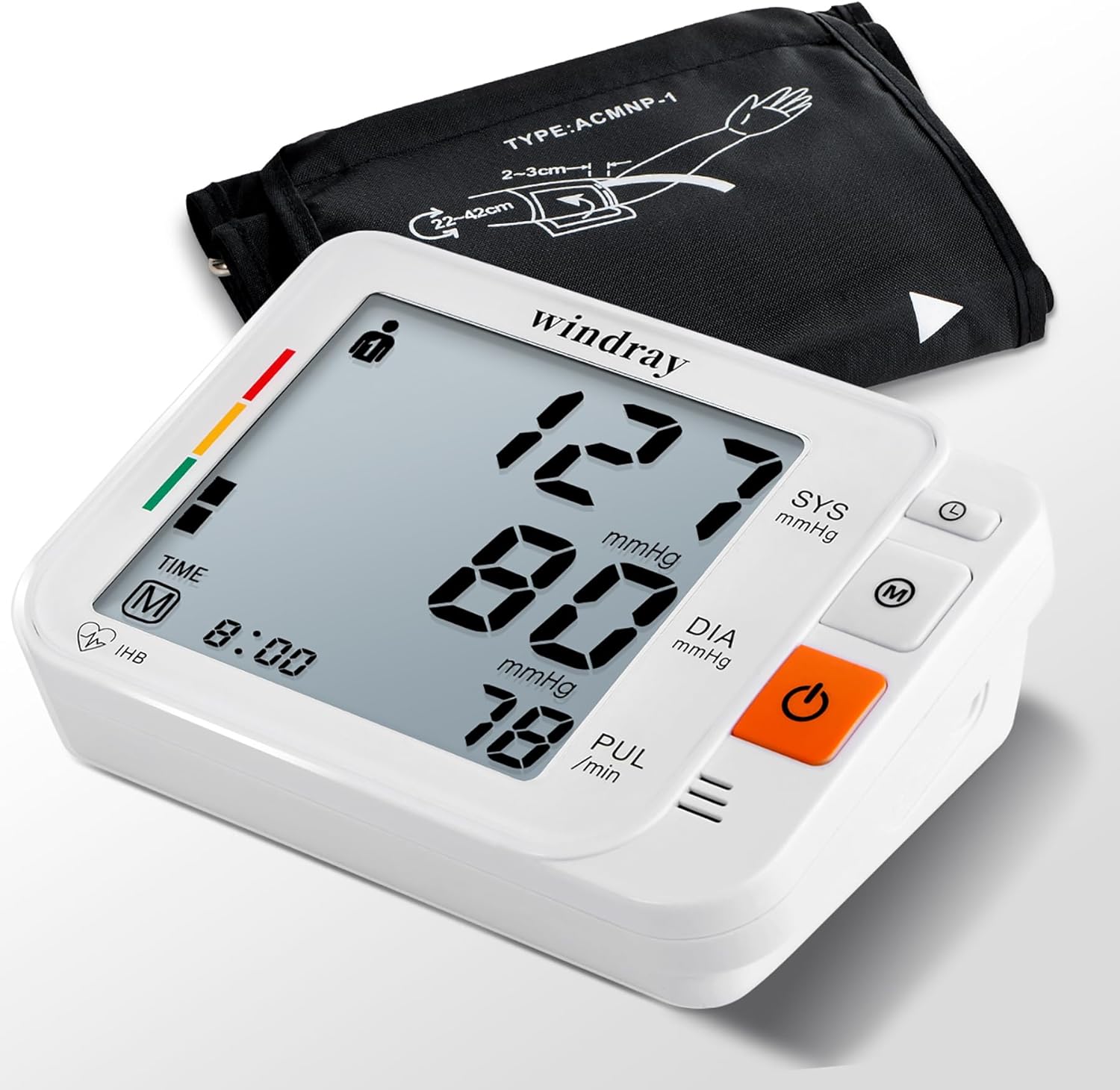To correctly measure blood pressure (BP) using a digital machine, follow these steps:

- Choose the Right Equipment: Ensure you have a reliable digital blood pressure monitor. Look for one that has been validated and approved for accuracy by relevant medical authorities.
- Prepare for Measurement:
- Find a quiet and comfortable place to sit.
- Rest for at least 5 minutes before taking the measurement.
- Avoid smoking, caffeine, and exercise at least 30 minutes before the test.
- Make sure you have the right cuff size. Measure around your upper arm and choose a cuff that fits properly.
- Positioning the Cuff:
- Remove tight clothing from your arm and expose it.
- Place the cuff on your upper arm, about an inch above the elbow. The cuff’s bottom edge should be about 1-2 inches above the bend of your elbow.
- Sitting Position:
- Sit with your back straight and supported, feet flat on the floor, and legs uncrossed.
- Rest your arm on a table at heart level, palm facing up.
- Taking the Measurement:
- Turn on the digital blood pressure monitor.
- Press the start button to begin the measurement. The cuff will inflate automatically and tighten around your arm briefly.
- Remain still and avoid talking during the measurement.
- Record the Reading:
- The monitor will display your blood pressure reading (systolic over diastolic), usually in millimeters of mercury (mmHg).
- Note down the measurement in a notebook or the device’s memory if it has a storage function.
- Repeat if Necessary:
- If the first reading seems unusually high or low, wait a few minutes, and take two more measurements. Discard the first reading and average the last two.
- Understanding the Numbers:
- Systolic pressure (the higher number) represents the pressure in your arteries when your heart beats.
- Diastolic pressure (the lower number) represents the pressure in your arteries when your heart is at rest between beats.
- Normal blood pressure is generally around 120/80 mmHg. However, ideal values can vary based on age, medical history, and other factors. Consult your healthcare provider for personalized recommendations.
- Keep a Record: Regularly track your blood pressure readings to monitor any changes over time. Share the records with your healthcare provider during check-ups.
Remember, if you have any concerns or questions about measuring your blood pressure or interpreting the results, consult with a healthcare professional for guidance
